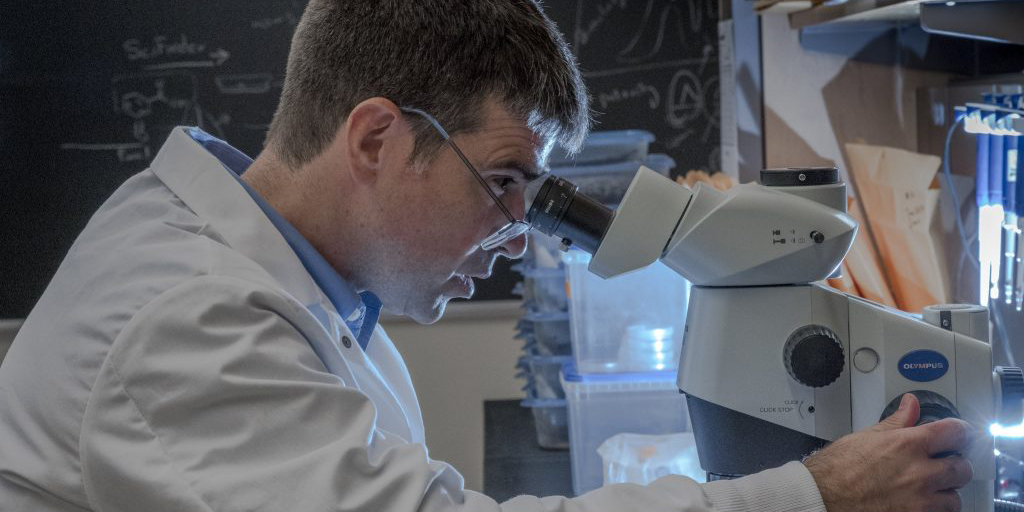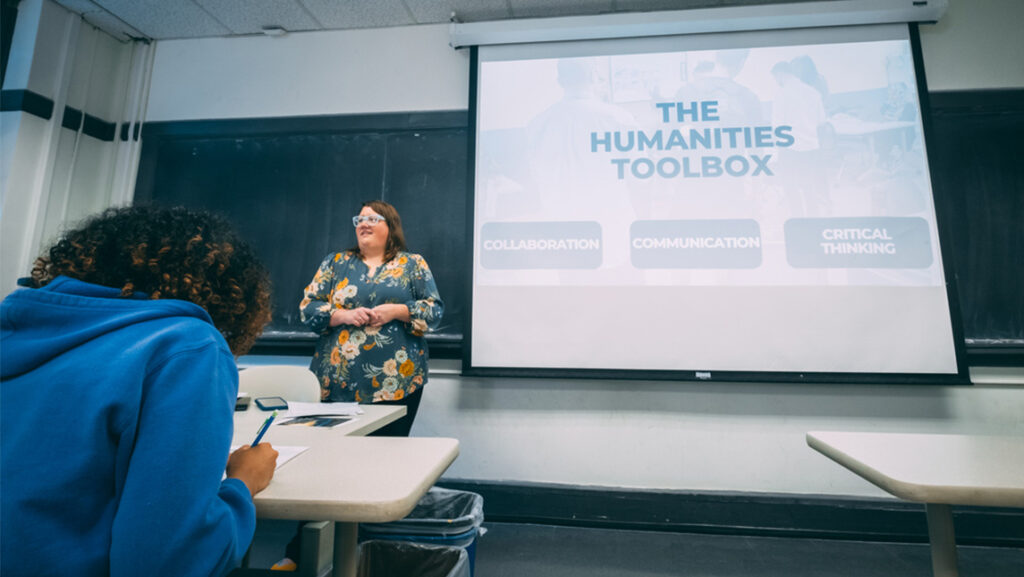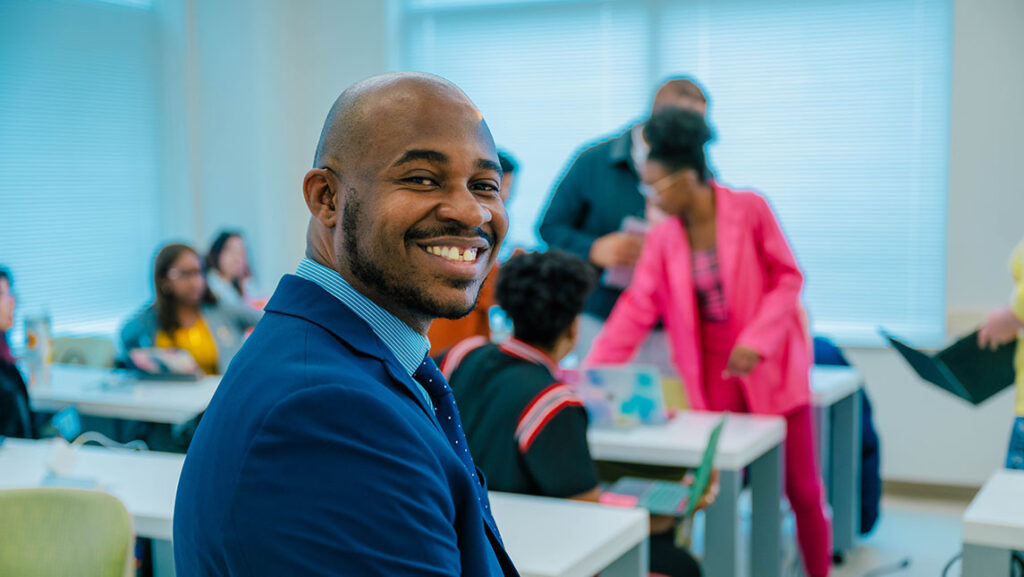Repost from the College of Arts & Sciences
Dr. Nicholas Oberlies describes himself as “pretty passionate” about fungi. That may be an understatement.
“I could geek out about fungi for hours,” said the UNC Greensboro professor of chemistry and biochemistry. “You could argue that half of us wouldn’t be alive today if it weren’t for fungi.”
Fungal cultures have been used for decades in life-saving medicines, most notably penicillin and statins. Still, there are no drugs derived from fungi specifically for fighting cancer.
That’s what Oberlies and his team are trying to find. His lab recently received a $1.5 million grant from the National Cancer Institute (NCI) to discover new anticancer drug leads in fungi, specifically those used in fermentation.
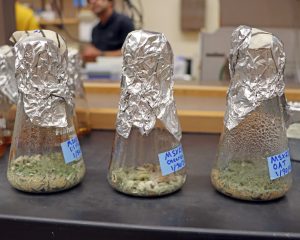
“There’s something like five million fungi in the world, and only about 125,000 have been discovered. The exciting thing about this project is we may discover a compound in fungi that could eventually become an anticancer drug—or we may have already discovered one.”
The Oberlies Research Group has been mining fungi for promising leads since 2007, producing over 50 manuscripts on the topic and two patents. Yet drug discovery is still considered to be in the early stages. That’s in part because, historically, most research on fungi has focused on developing antibiotics.
“Post-World War II, everybody turned their attention to antibiotic drug discovery because penicillin was so successful,” Oberlies said.
Yet lately interest in fungi has seen a resurgence, thanks to movies like “Fantastic Fungi” and flocks of citizen scientists trekking through woods and lakes to document their diversity. Neither animals nor plants, fungi are a Kingdom of their own, composed of yeasts, molds, and mushrooms. They’re old—with some dating back more than 500 million years—and seemingly endless—with many still waiting to be discovered.
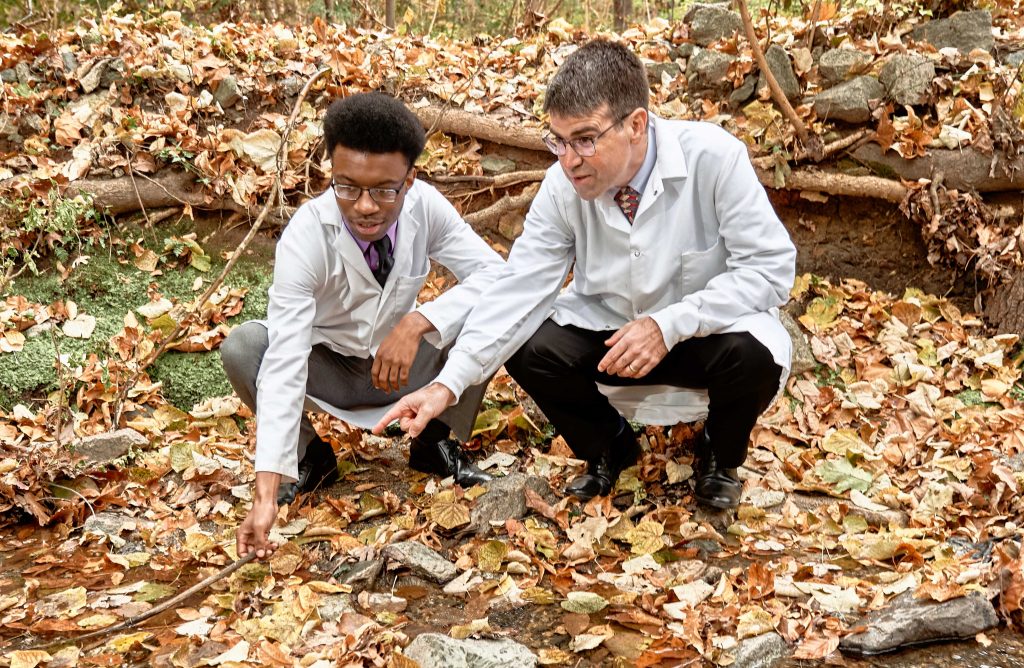
Oberlies and his team have also been known to forage through forests to discover new fungi, but for this project, they collaborate with Mycosynthetix, Inc., a biotechnology company in Research Triangle Park with a library of more than 50,000 fungal strains.
After isolating promising compounds, the Oberlies lab then sends leads to their collaborator at the University of Illinois at Chicago, who tests their effectiveness on ovarian cancer cells. Also collaborating on this project are teams at Columbia University and Ohio State University.
Despite ten years of diligent research—and the identification of several encouraging leads—there’s still more to do. This latest round of funding from NCI will support five more years of research. And with 1,500 people dying from cancer each day in the U.S., the implications of Oberlies’ study is clear.
Thankfully, there seems to be no limit to fungi … or their potential.
“Everywhere we look, we discover new fungi,” said Oberlies. “When I go to the beach, I collect new fungal samples. I’ve discovered new fungal samples on campus … I’ve worked on this project for ten years, and I could work on it for 30 more. We’re just scratching the surface.”
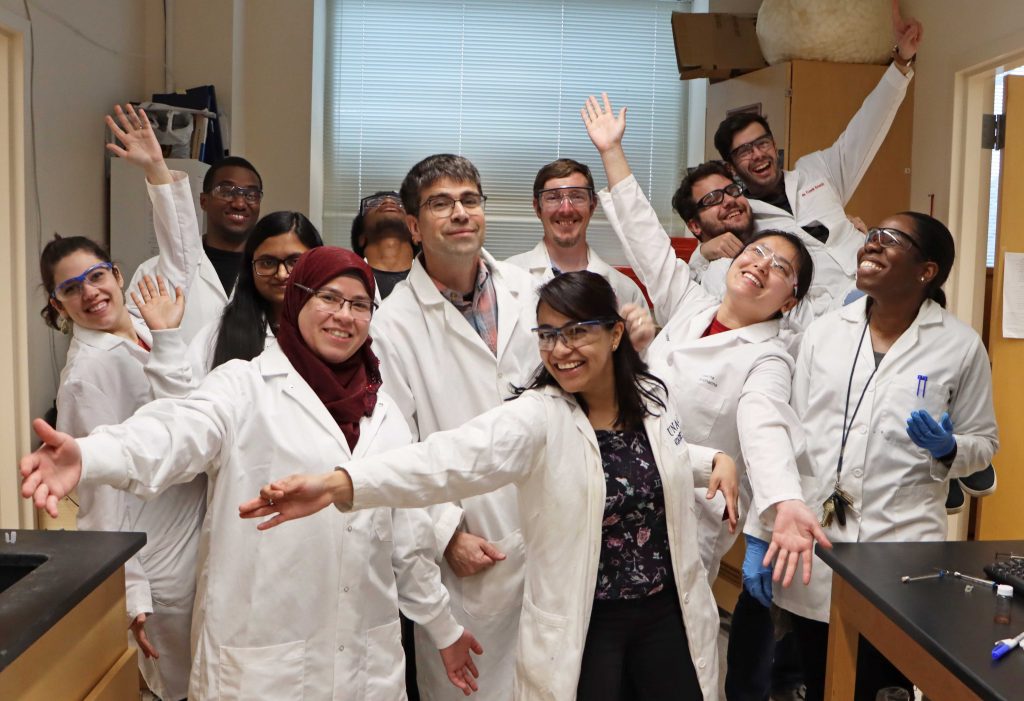
Repost from the College of Arts & Sciences
Story by Elizabeth Keri, College of Arts & Sciences
Photography by Martin Kane, University Communications and Elizabeth Keri, College of Arts & Science
